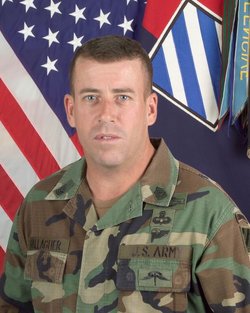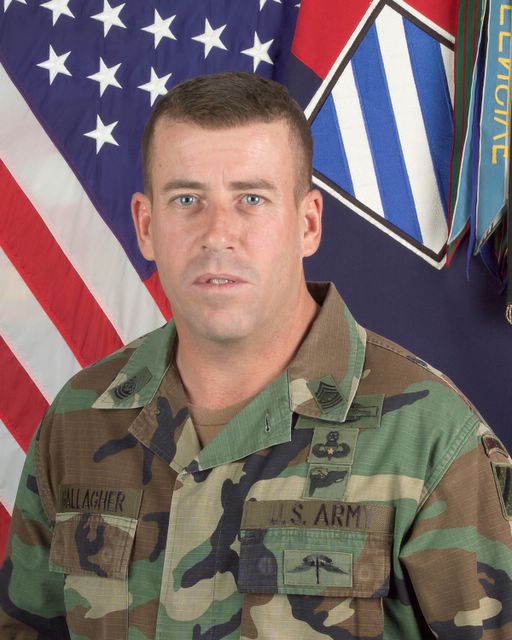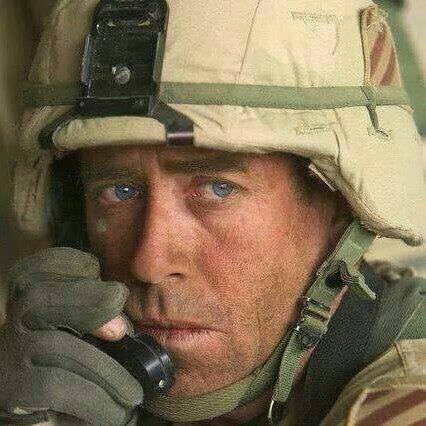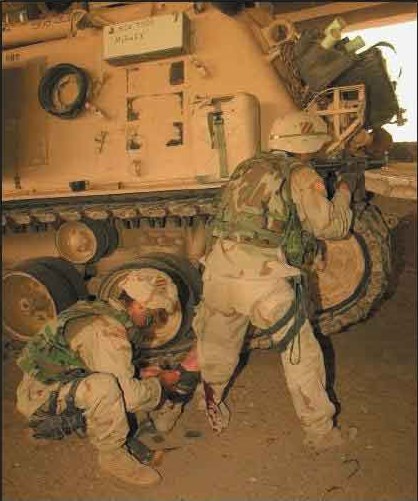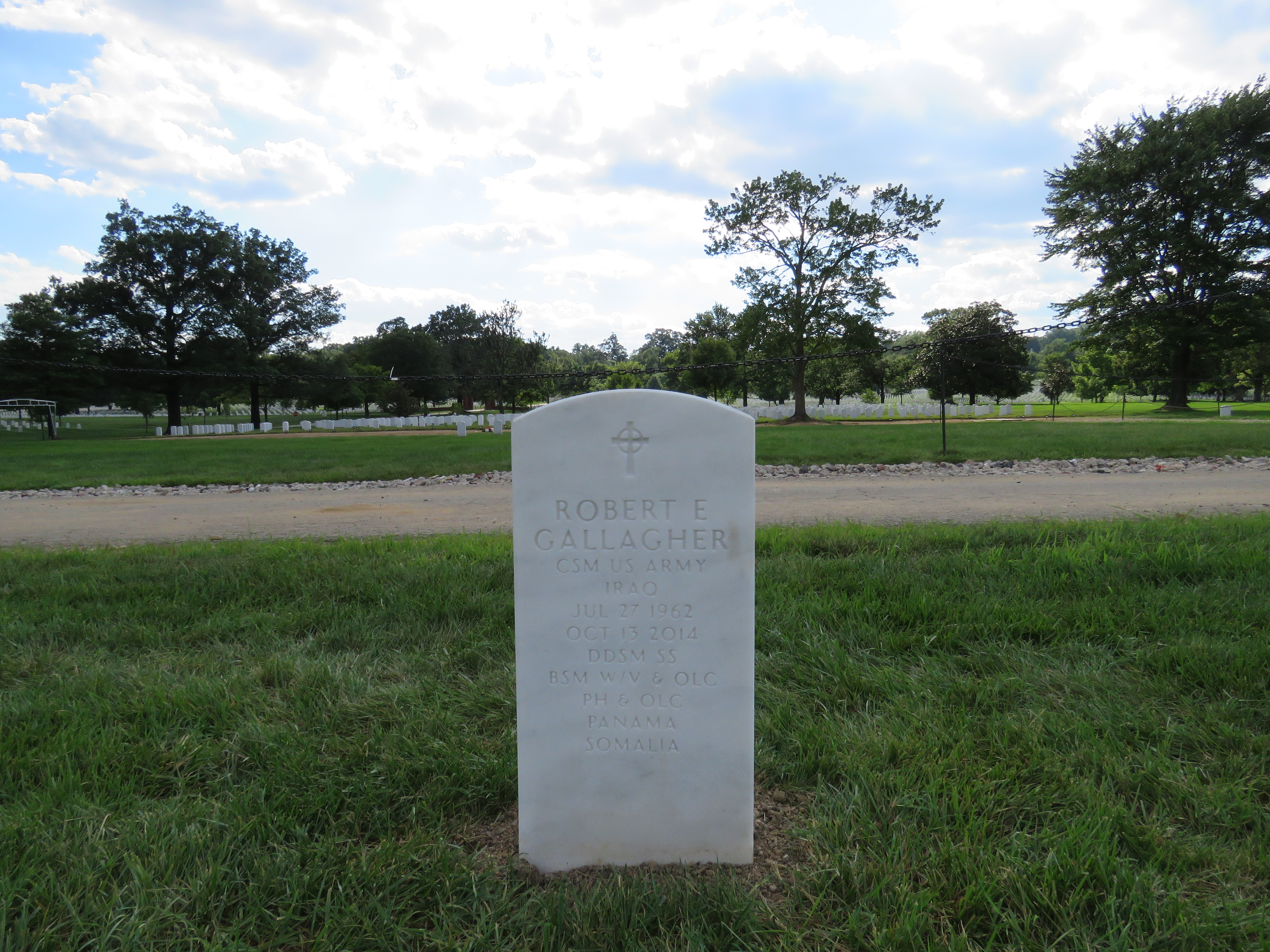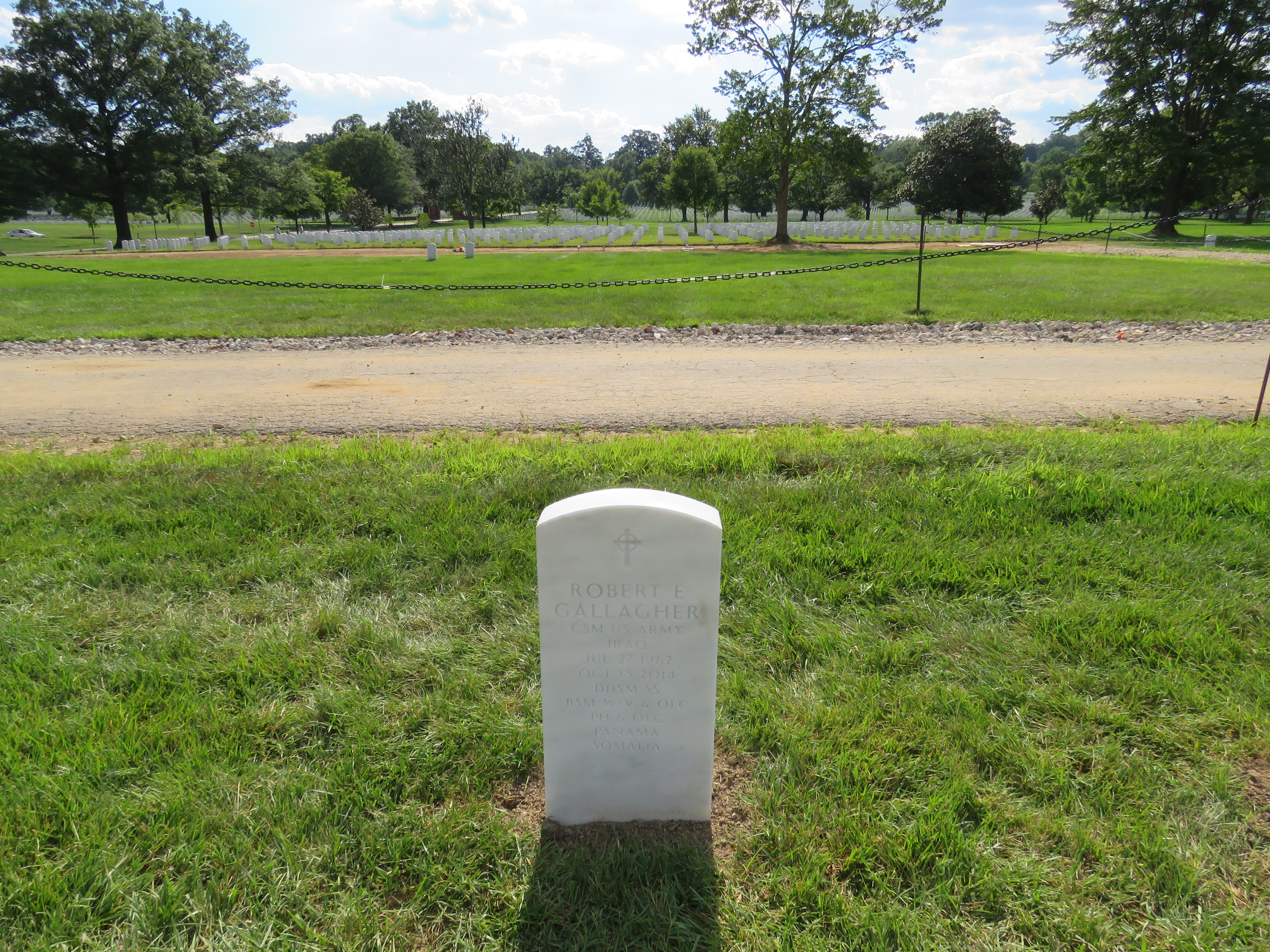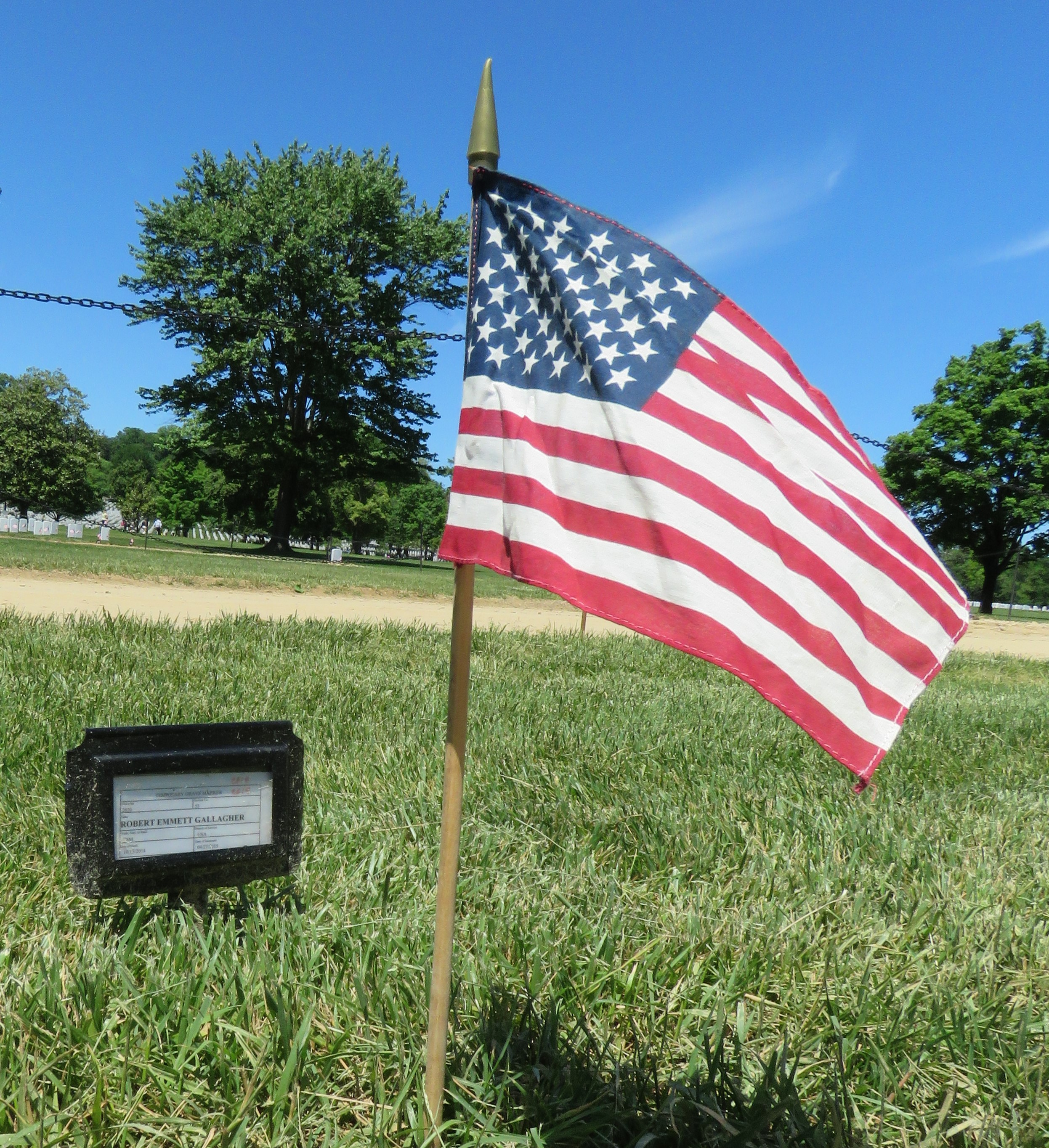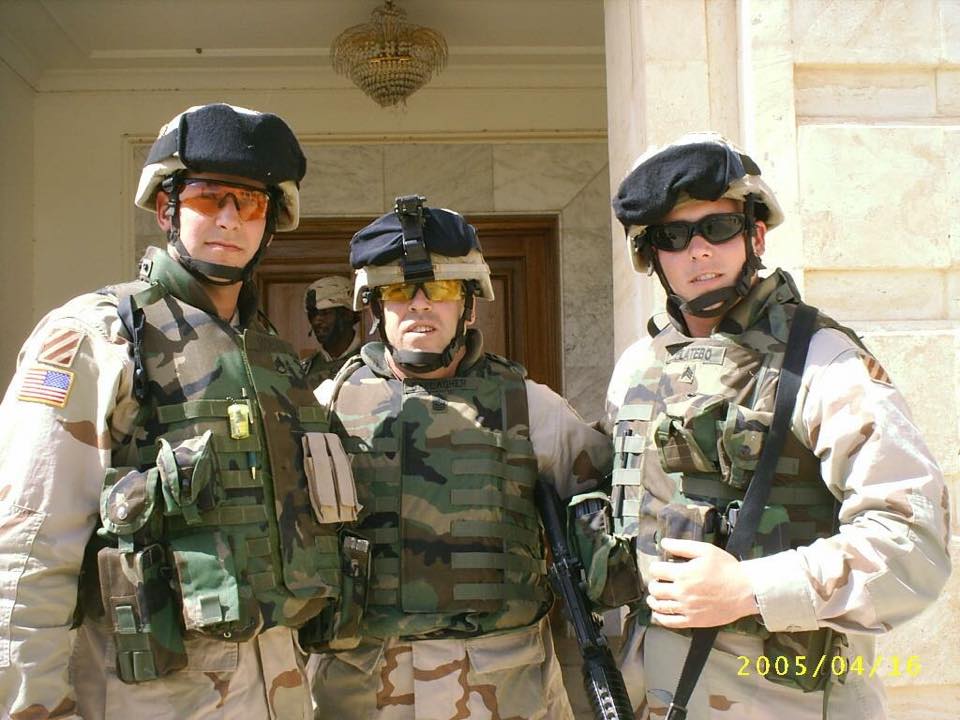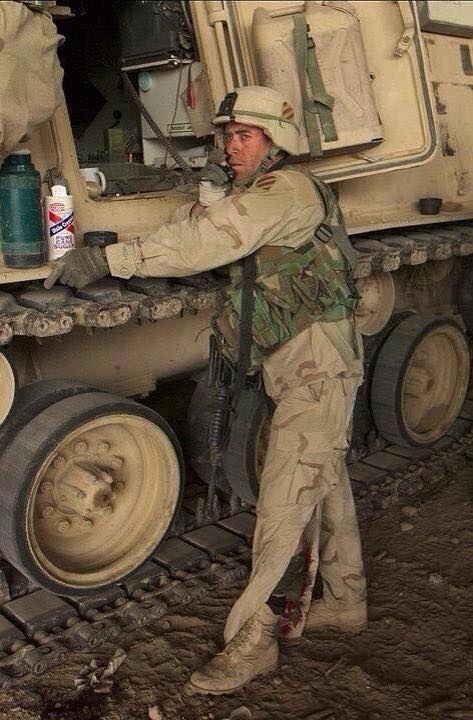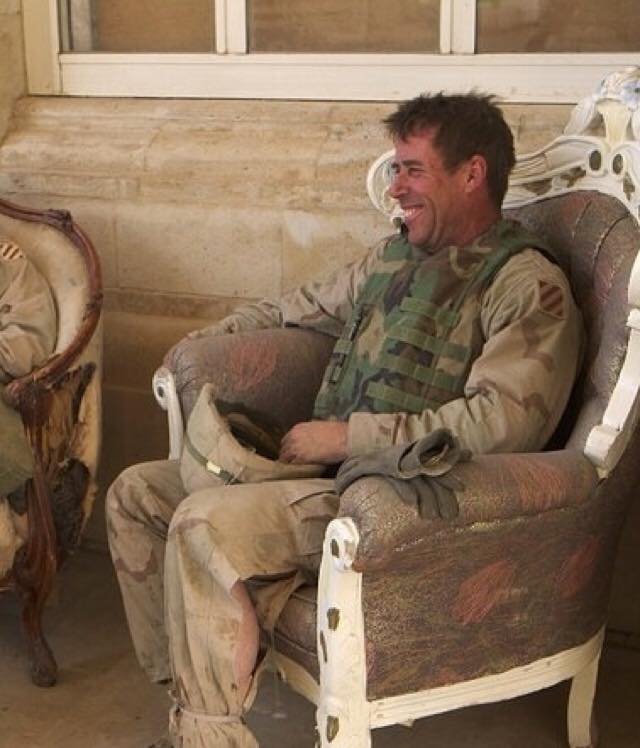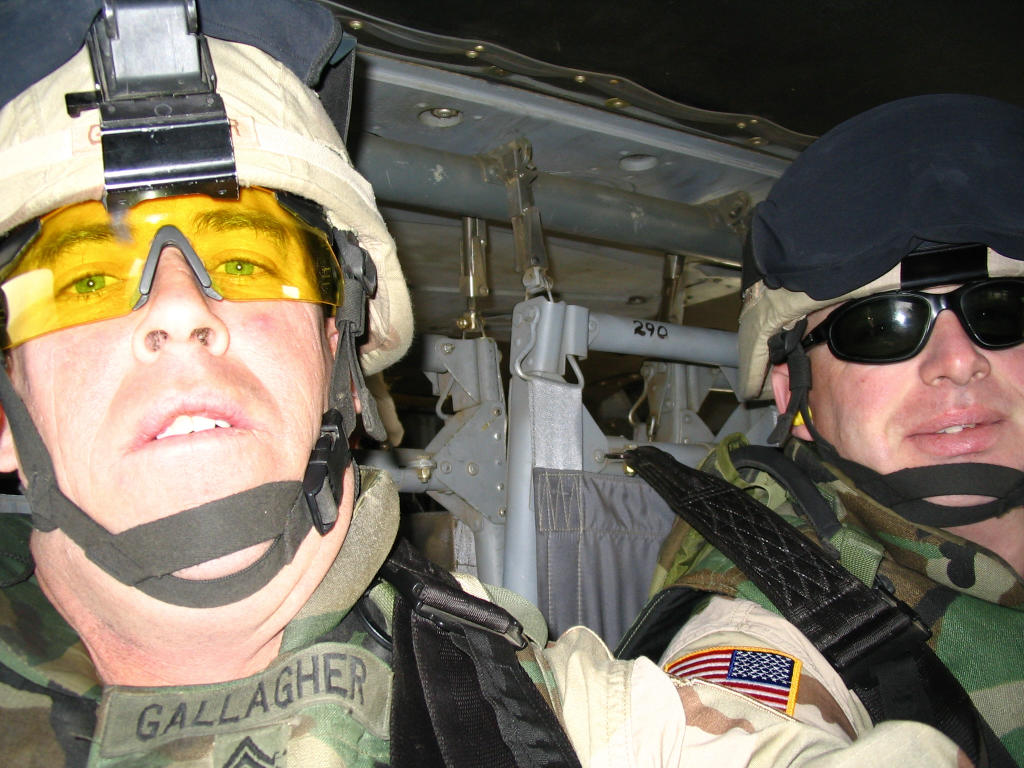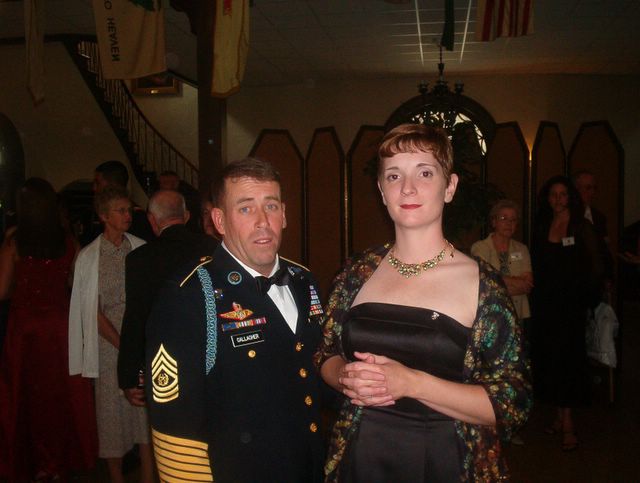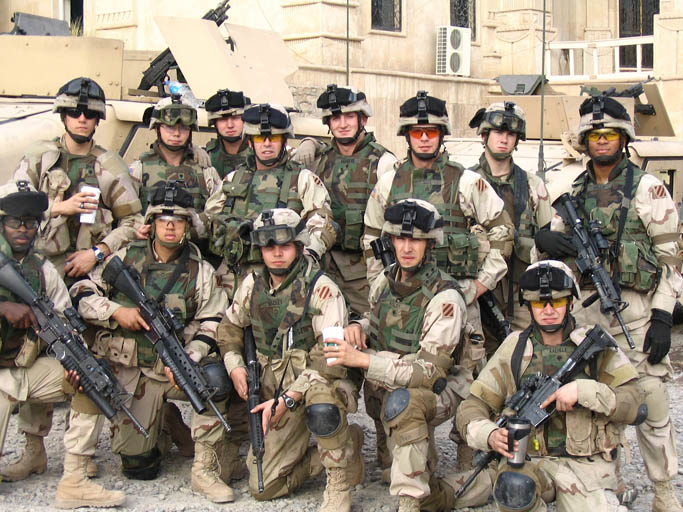He parachuted into Panama during Operation Just Cause, served as a platoon sergeant with Task Force Ranger in the Mogadishu, Somalia, battle made famous by "Black Hawk Down," and fought on despite being wounded as Task Force 3rd Battalion, 15th Infantry, made its way to Baghdad in 2003. He relied heavily on that combat experience in his last job before retirement, serving as the command sergeant major for the Army's Wounded Warrior Program. He joined the Army in 1981, and among his military awards and decorations were a Silver Star; two Bronze Stars (one with "V" device); and two Purple Hearts. The Silver Star came in 2003 for his actions during OIF, in which TF 3-15 Infantry advanced from Kuwait to Baghdad, often fighting its way through fierce Iraqi resistance. He gave a speech to his unit before the fight began, turning to unit commander LTC Stephen Twitty with a simple message: "Sir, we are prepared for battle." He suffered a leg wound during the fight but continued directing his men. It wasn't his first battlefield wound, having been shot in the arm in Somalia in 1993, according to one of the Philadelphia Inquirer pieces written by Mark Bowden that would become the basis for the "Black Hawk Down" book and movie. "The best day and the worst day of my life was when I served in Mogadishu, Somalia, on October 3, 1993, as a part of Task Force Ranger," he said in a 2010 interview published as he took over his post at the Wounded Warrior Program.
"It was the worst day, because we lost 18 Soldiers and 84 others, including myself, were wounded. It was the best day of my life because it showed the incredible performance of our warriors in long-protracted battle under extraordinary circumstances in an urban environment. Throughout it all, the warriors that fought that day performed in a manner that was consistent with the values of our nation, and I was very proud of that." He began his tour with the Wounded Warrior Program nearly 20 years after Somalia and almost a decade after Iraq. While family and co-workers said some of the office work and ribbon-cuttings didn't appeal to him, they said he relished the chance to help others who understood the trauma of combat. He died of a heart condition.
He was survived by his wife, Denene; a daughter; and three sons.
A memorial ceremony was held on October 31, 2014, at Fort Benning, GA. Interment on April 27, 2015.
He parachuted into Panama during Operation Just Cause, served as a platoon sergeant with Task Force Ranger in the Mogadishu, Somalia, battle made famous by "Black Hawk Down," and fought on despite being wounded as Task Force 3rd Battalion, 15th Infantry, made its way to Baghdad in 2003. He relied heavily on that combat experience in his last job before retirement, serving as the command sergeant major for the Army's Wounded Warrior Program. He joined the Army in 1981, and among his military awards and decorations were a Silver Star; two Bronze Stars (one with "V" device); and two Purple Hearts. The Silver Star came in 2003 for his actions during OIF, in which TF 3-15 Infantry advanced from Kuwait to Baghdad, often fighting its way through fierce Iraqi resistance. He gave a speech to his unit before the fight began, turning to unit commander LTC Stephen Twitty with a simple message: "Sir, we are prepared for battle." He suffered a leg wound during the fight but continued directing his men. It wasn't his first battlefield wound, having been shot in the arm in Somalia in 1993, according to one of the Philadelphia Inquirer pieces written by Mark Bowden that would become the basis for the "Black Hawk Down" book and movie. "The best day and the worst day of my life was when I served in Mogadishu, Somalia, on October 3, 1993, as a part of Task Force Ranger," he said in a 2010 interview published as he took over his post at the Wounded Warrior Program.
"It was the worst day, because we lost 18 Soldiers and 84 others, including myself, were wounded. It was the best day of my life because it showed the incredible performance of our warriors in long-protracted battle under extraordinary circumstances in an urban environment. Throughout it all, the warriors that fought that day performed in a manner that was consistent with the values of our nation, and I was very proud of that." He began his tour with the Wounded Warrior Program nearly 20 years after Somalia and almost a decade after Iraq. While family and co-workers said some of the office work and ribbon-cuttings didn't appeal to him, they said he relished the chance to help others who understood the trauma of combat. He died of a heart condition.
He was survived by his wife, Denene; a daughter; and three sons.
A memorial ceremony was held on October 31, 2014, at Fort Benning, GA. Interment on April 27, 2015.
